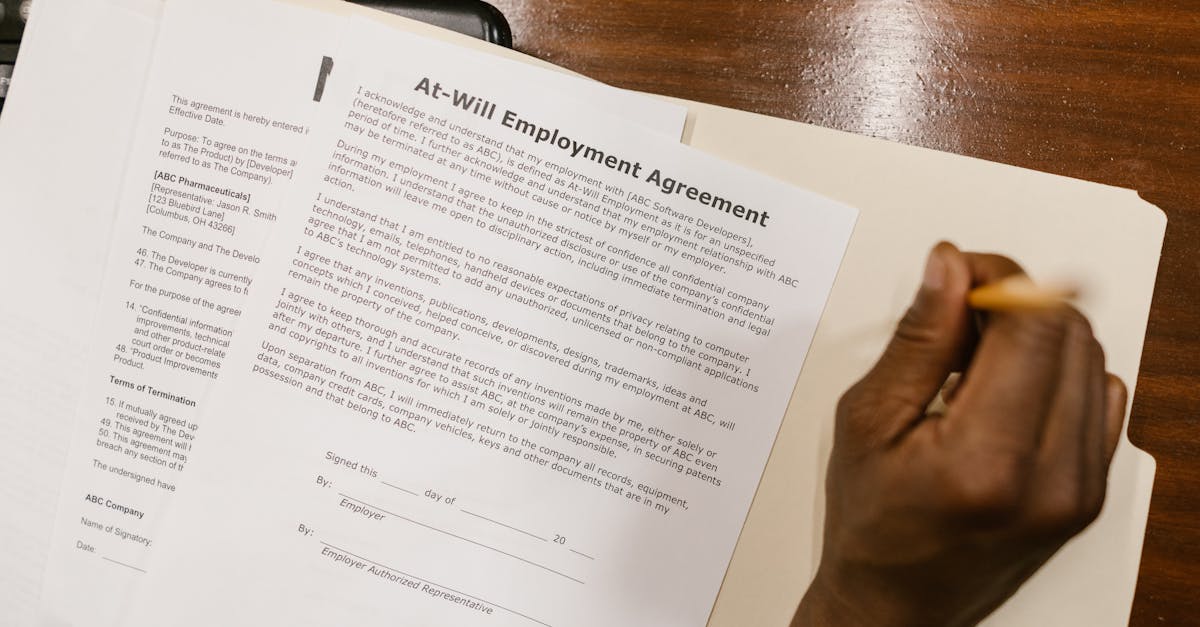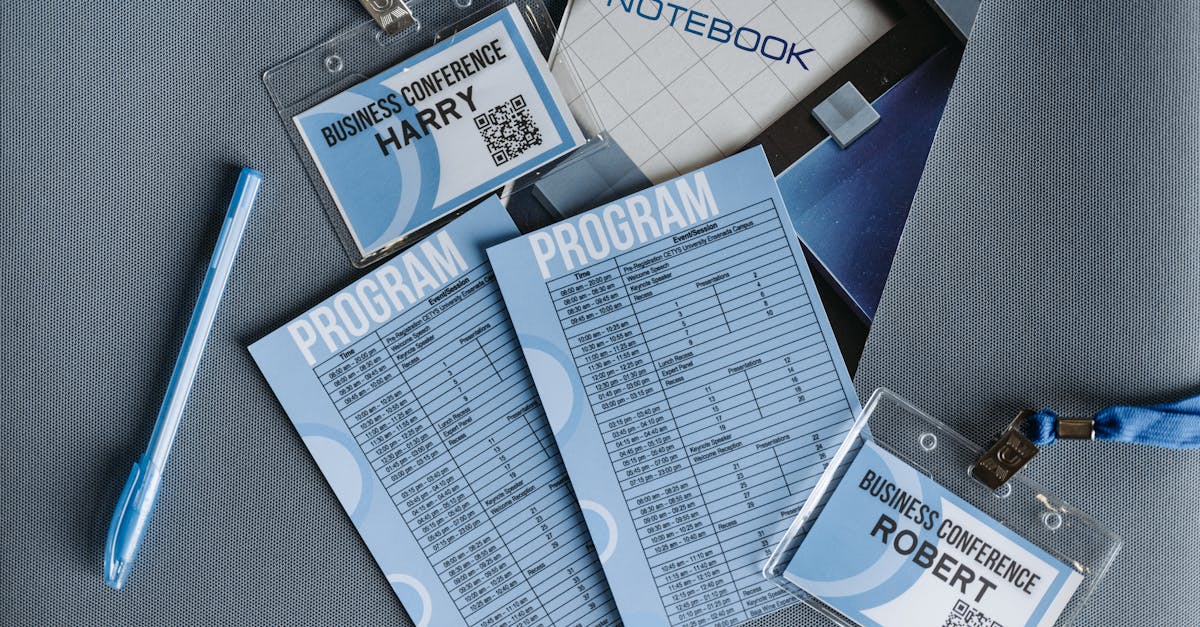
Introduction
Cut new‑hire admin time without sacrificing compliance. Lengthy paper packets, duplicate data entry, and slow signature routing turn a high-touch moment into a chore — delaying start dates, frustrating hires, and creating unnecessary compliance risk. Document automation — especially OCR capture, auto‑fill mapping, and e‑sign workflows — removes those choke points so teams can move candidates from offer to first day faster and with fewer errors.
This article walks through where OCR delivers the biggest wins, how to combine OCR, auto‑fill and reusable templates, and best practices for e‑sign, auditability, and secure storage. You’ll also find practical automation recipes and a concise checklist to evaluate an automation stack for HR onboarding — everything you need to shorten admin cycles and keep records audit‑ready.
Common bottlenecks in onboarding paperwork and where OCR helps most
Common bottlenecks in employee onboarding often come from paper-heavy tasks: duplicate data entry, illegible handwriting, manual verification of IDs, and slow routing for signatures. These friction points prolong the onboarding process, frustrate new hires, and create compliance risk.
Where OCR adds immediate value
-
Form capture: OCR extracts text from scanned offer letters, tax forms (W-4), and IDs so HR doesn’t retype information.
-
Identity verification: OCR combined with barcode or MRZ reads on passports and driver’s licenses speed verification.
-
Duplicate elimination: OCR recognizes repeating fields across documents (name, SSN, address) to auto-populate systems.
-
Searchability: Digitized documents become searchable, speeding audits and background checks.
Applied well, OCR reduces the time between offer acceptance and first day by removing manual choke points in the hr onboarding process.
How to combine OCR, auto‑fill and form templates to eliminate repetitive data entry
Combine three layers: OCR for capture, auto-fill logic to map fields, and reusable templates to standardize output.
Practical layering
-
OCR capture: Scan incoming documents or photos and run OCR to extract structured fields.
-
Field mapping & auto-fill: Map OCR outputs (full name, DOB, address) to template fields so data flows automatically into forms and HRIS records.
-
Form templates: Use consistent templates (offer letter, employment agreement, verification forms) so mapping works reliably across hires.
Using templates reduces variance. Consider storing canonical templates like offer letters and employment agreements so OCR outputs always map to the same field names. Sample templates to accelerate implementation include a job offer letter and an employment agreement.
Benefits: Fewer manual corrections, faster completion of the new hire onboarding checklist, and lower error rates when updating your HRIS or payroll.
E‑sign workflows for offers, tax forms and policy acknowledgements that close faster
E-sign workflows remove physical routing delays and create a clear signing path for offers, tax documents, and policy acknowledgements. The right flow reduces time-to-acceptance and improves compliance tracking.
Key components of a fast e-sign workflow
-
Pre-fill fields: Populate offer and tax forms with OCR/HRIS data before sending to the new hire.
-
Sequential or parallel signing: Configure order—candidate signs first, then hiring manager, then HR—depending on the document.
-
Conditional routing: For roles requiring background checks or executive approvals, route documents only after conditions are met.
-
Reminders & expirations: Auto-reminders and time-limited links reduce stall time.
Include reusable templates like a job offer letter and an employment agreement to standardize language and speed review cycles. For employment verification requests, use a template such as the employment verification letter to automate downstream validations.
Auditability: keeping an audit‑ready record, PII redaction and secure storage best practices
Auditability means every step — capture, edits, signatures, and access — is logged and retrievable. Design your onboarding stack to create an immutable activity trail.
Logging & retention
-
Record timestamps, actor IDs, IP addresses, and document versions for each action.
-
Keep retention policies aligned with legal and HR requirements; separate archived immutable copies for audits.
PII redaction & secure storage
-
Automated redaction: Use OCR to detect sensitive fields (SSNs, bank account numbers) and redact them in derived copies while preserving an access-controlled, encrypted original.
-
Encryption: Encrypt documents at rest and in transit with enterprise-grade keys. Limit decryption to named processes or roles.
-
Access controls & MFA: Role-based access and multifactor authentication reduce insider risk.
Combining audit logs with PII redaction gives you an audit-ready record that protects employees while meeting compliance and retention obligations.
Practical automation recipes: scanned IDs → form population → e‑sign → HRIS update
Below are concise automation recipes you can implement quickly to streamline the hr onboarding flow from document capture to HRIS record creation.
Recipe 1 — New hire ID and forms
-
Capture: Employee uploads a photo of ID; OCR extracts name, DOB, ID number.
-
Auto-fill: Map extracted fields to offer letter, tax form, and direct deposit template.
-
E-sign: Send pre-filled documents for signature; collect signed copies and timestamped audit trail.
-
HRIS update: Push approved, signed data to HRIS and payroll systems via API; flag incomplete items on the onboarding checklist.
Recipe 2 — Background & verification
-
Trigger: Candidate status changes to “background check required.”
-
Form generation: Auto-create a verification request (see employment verification letter template) and send to previous employer.
-
Record results: OCR incoming documents, redact PII, attach to candidate file, and update HRIS notes.
These recipes reduce manual handoffs and keep the onboarding process consistent and auditable.
Template examples to convert paper packets into reusable digital templates
Converting paper packets to digital templates reduces variability and improves parsing accuracy for OCR. Start with high-impact documents that are used with every new hire.
High-value templates
-
Job offer letter: Standardize the layout and placeholders—use a template like the job offer letter so your auto-fill logic has predictable field names.
-
Employment agreement: Put variable clauses into tagged fields (salary, start date) and use the employment agreement as a canonical example.
-
Verification & compliance forms: Create templates for employment verification and authorization forms (see employment verification letter and a HIPAA authorization template HIPAA authorization).
Design templates with clear labeled fields, consistent fonts, and defined zones for signatures and IDs. That dramatically improves OCR accuracy and reduces manual mapping work.
Checklist for choosing OCR + automation stack for HR onboarding
Use this checklist to evaluate OCR and automation options for your onboarding needs. Prioritize solutions that integrate with your HRIS and e-sign provider.
Core checklist
-
Accuracy & language support: Verify OCR works on IDs, handwriting, and multi-language documents.
-
Template & field mapping: Supports reusable templates and predictable data mapping across forms.
-
E-sign integration: Native or easy integration with your e-sign provider and support for audit trails.
-
PII handling: Built-in redaction, encryption, and configurable retention policies.
-
HRIS & payroll APIs: Outbound connectors or APIs to update employee records automatically.
-
Automation & workflow engine: Conditional routing, reminders, and error-handling to prevent stuck flows.
-
Compliance & certifications: SOC2, ISO 27001, or equivalent depending on your region.
-
Usability & support: Admin-friendly template editor, role-based access, and responsive vendor support.
Match your priorities—speed, compliance, or cost—then pilot with a single high-volume form (e.g., offer letter or tax form). Use an onboarding checklist during the pilot to measure time-to-complete and error rates and iterate from there.
Summary
OCR capture, auto-fill field mapping, reusable templates and e-sign workflows together remove the usual choke points in offer-to-first-day processing: less retyping, fewer signature delays, and clearer audit trails. Applied thoughtfully, these tools shorten admin cycles while preserving the controls legal and compliance teams need — from PII redaction and encrypted storage to timestamped activity logs. For HR onboarding teams, that means faster starts, fewer errors, and records that stand up to audits. Ready to cut admin time and standardize your packet? Start a pilot at https://formtify.app.
FAQs
What is HR onboarding?
HR onboarding is the set of processes that bring a new hire from offer acceptance to full productivity, including paperwork, role orientation, and system access. It covers administrative tasks (tax forms, direct deposit), compliance checks, and the initial training and introductions needed to integrate the employee into the organization.
How long should onboarding last?
There’s no one-size-fits-all timeline: effective onboarding typically spans from the first day through the first 90 days, with some organizations extending formal programs to six months. Focus on milestones—complete paperwork and system access within days, role-specific training in the first weeks, and ongoing check-ins through the first quarter.
What should be included in an onboarding checklist?
An onboarding checklist should include completed offer and tax forms, signed employment agreements and policy acknowledgements, ID verification, system and badge provisioning, and role-specific training assignments. For automated workflows, also track audit logs, PII redaction status, and HRIS updates so nothing is missed during handoffs.
What is the difference between onboarding and orientation?
Orientation is a short, often one-time event that introduces new hires to company policies, benefits, and immediate logistics. Onboarding is broader and ongoing, encompassing orientation plus task completion, training, cultural integration, and performance milestones over weeks or months.
How do you measure onboarding success?
Measure onboarding using both operational and engagement metrics: time-to-complete paperwork, percent of new hires with accounts provisioned by day one, error rates in HR records, and early retention or new-hire satisfaction scores. Combine these KPIs with qualitative feedback and audit results to refine processes and automation rules.





